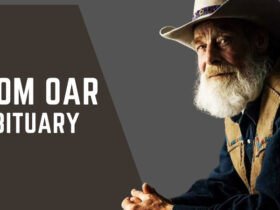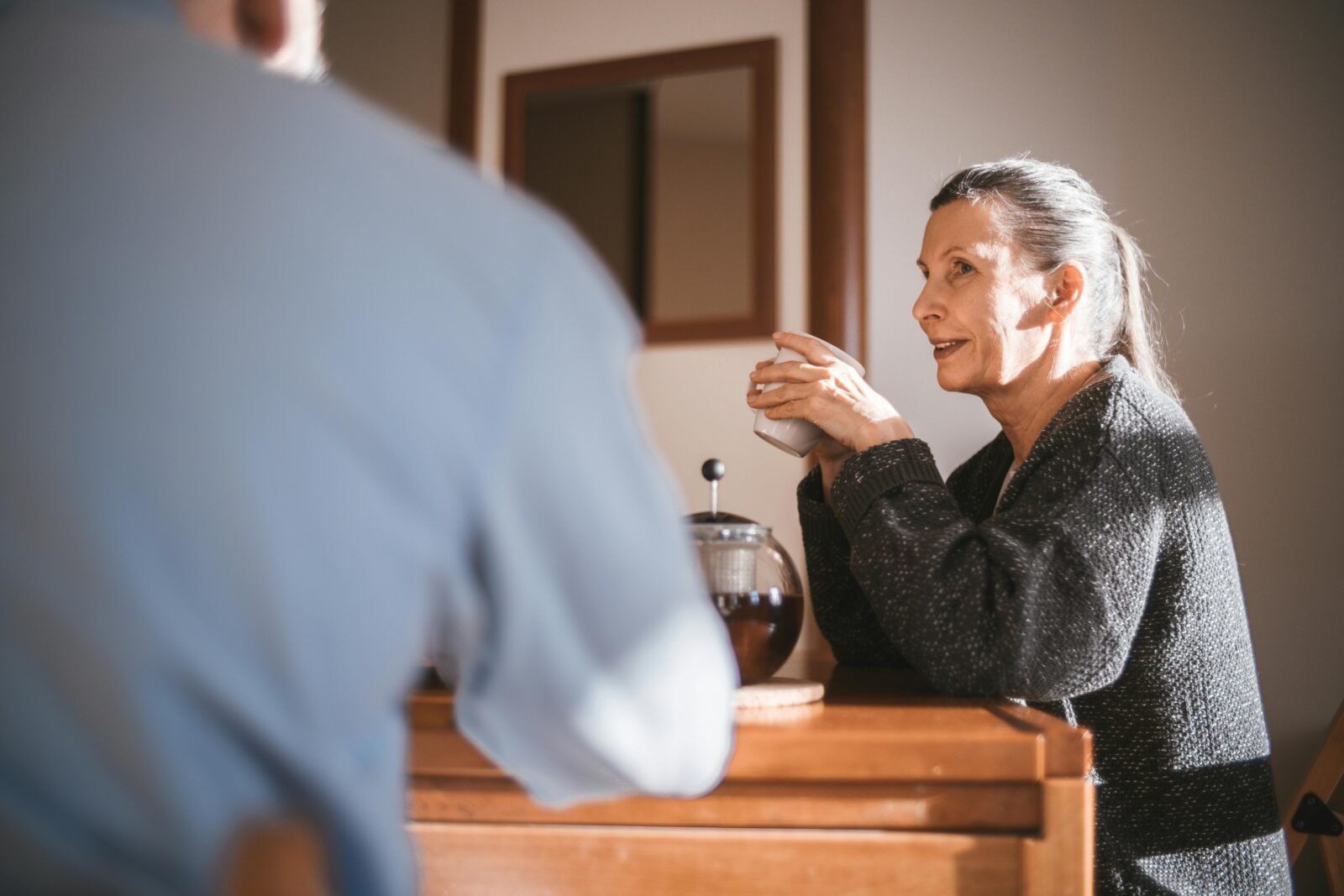The conversation around retirement has shifted. For decades, it was painted as the final act, a quiet bow out of the busy world into golf courses and early dinners. That story is long outdated. Today, many older adults are rewriting the narrative, choosing lives filled with energy, community, and a healthy dose of adventure. The places they choose to live reflect that mindset. Senior living is no longer a hushed phrase about decline but a bold choice about lifestyle, identity, and quality. The idea isn’t just to get by comfortably but to thrive, in ways previous generations never considered possible.
Reframing What Independent Living Really Means
When people hear the phrase independent living, they often picture a scaled-back life, stripped of responsibility but also stripped of opportunity. That’s not the reality anymore. These spaces are designed around possibility. They’re built to take away the parts of daily life that feel more like drudgery—yard work, repairs, endless grocery runs—so there’s more room to focus on what actually matters. Whether that means taking up oil painting for the first time, signing up for a poetry circle, or leading a spirited debate club, it’s about cultivating freedom in the truest sense.
There’s a misconception that choosing this lifestyle means giving up control. The truth is, it’s the opposite. By letting go of the things that chip away at time and energy, people reclaim hours for connection, learning, and joy. That’s the essence of comfortable independent living, where comfort doesn’t just mean soft chairs and safe hallways but the mental ease of knowing life is designed to support growth instead of limit it.
The Role Of Design In Quality Of Life
Walk through a modern community and you’ll notice something: the architecture doesn’t feel clinical or impersonal. It feels like a boutique hotel or a thoughtfully planned neighborhood. Natural light pours through open windows, hallways are wide enough for comfort without feeling cavernous, and small gathering nooks are tucked away to invite conversation. The physical environment makes a difference because the design signals respect. Spaces are meant for living fully, not just existing.
Amenities also reflect a shift in priorities. Instead of focusing solely on necessity, communities highlight wellness and creativity. Pools aren’t just for water aerobics but for laps and relaxation. Fitness centers carry free weights alongside yoga mats. Kitchens serve food that rivals local restaurants, with menus that change seasonally to keep things fresh. The message is clear: age doesn’t diminish taste or ambition, so why should the surroundings?
Finding Community Across Geography
One of the most overlooked truths is that community matters more than geography. Whether someone chooses senior living in Dallas, Richmond or anywhere in between, the core experience comes down to people. The friendships that form in these environments aren’t forced; they come from shared experiences and the easy rhythm of seeing familiar faces each day. It’s a lifestyle built on connection.
That sense of belonging isn’t confined to planned activities. It happens during casual coffee breaks, while working on puzzles, or in the moment someone shares a book recommendation. For many, this daily interaction fills a gap that living alone or even with family can’t. It’s not about obligation; it’s about having the freedom to choose companionship when it feels right, and the privacy of retreat when it doesn’t.
Technology also plays a role in bridging distances. With virtual clubs and video chats, people don’t have to choose between local bonds and far-flung family. They can have both, seamlessly woven into daily life. What emerges is a life that feels whole, not divided by age or address.
Wellness As A Daily Practice
The conversation about health in senior living is evolving too. It’s not just about preventing illness but about nurturing vitality. That looks different for everyone. For one person, it might be attending guided meditation classes; for another, it’s staying consistent with cardio routines or morning swims. Communities increasingly bring in local experts to teach workshops on nutrition, stress management, or even tai chi, creating a holistic approach to wellness.
The benefit goes beyond the physical. Mental health is part of the picture, with activities designed to stimulate creativity and memory. Book clubs, art studios, and music classes aren’t just hobbies—they’re mental workouts that keep people sharp and engaged. By pairing intellectual stimulation with social connection, the lifestyle fosters resilience. People don’t just live longer; they live better.
Food deserves its own mention here. Dining is no longer thought of as a cafeteria-style necessity but as a culinary event. Meals are freshly prepared with quality ingredients, and there’s an effort to include variety that caters to personal tastes, dietary needs, and cultural traditions. Food is social glue, and communities understand that gathering around a table isn’t just about nutrition but about conversation, laughter, and joy.
How Independence And Support Coexist
The most impressive part of today’s senior living model is how seamlessly independence and support blend together. There’s no heavy hand dictating what people must do; instead, support exists in the background, ready when needed. Transportation services mean errands don’t have to be stressful. On-site medical care is available but discreet. Help is nearby, but it doesn’t overshadow the overall autonomy people value most.
That balance allows for spontaneity. Want to sign up for a last-minute day trip to a museum? Go for it. Feel like spending the afternoon in the garden instead of in a class? That’s equally possible. Independence here isn’t about doing everything alone; it’s about having the tools, freedom, and reassurance to shape life without constant obstacles.
The safety net is invisible until it’s needed, and that reassurance can’t be overstated. Family members find peace of mind knowing their loved ones aren’t isolated, and older adults feel empowered knowing they aren’t a burden. That combination of freedom and quiet backup creates a unique confidence that life will keep moving forward with dignity.
Redefining Aging For The Next Generation
Perhaps the most powerful shift is cultural. Aging is no longer seen as decline but as transformation. For decades, society leaned into stereotypes about what older adulthood should look like: sedentary, withdrawn, and defined by limitations. But the people choosing senior living today are proving otherwise. They’re showing younger generations that life after 60 or 70 can be as vibrant, engaging, and meaningful as any other stage.
This cultural redefinition doesn’t just affect residents; it changes how families think about their own futures. Children and grandchildren witness older relatives embracing adventure, learning new skills, and thriving socially. It normalizes the idea that the later chapters of life are still full of possibility, and that mindset ripples outward.
The ripple effect matters because it resets expectations. Instead of bracing for decline, people can look ahead with anticipation. That’s not just positive for individuals but for society, reshaping conversations about aging in the workplace, healthcare, and family life.
A Final Word On Living Fully
The idea of senior living is being rewritten before our eyes, no longer confined to clichés about slowing down but expanding into a vibrant, multidimensional way of life. The energy in these communities is proof that independence, wellness, connection, and growth are not just possible but thriving. What emerges is a generation refusing to step aside quietly, choosing instead to live fully on their own terms.
The future of retirement living isn’t about endings—it’s about momentum. And the momentum right now is building toward something bold, refreshing, and unapologetically alive.













